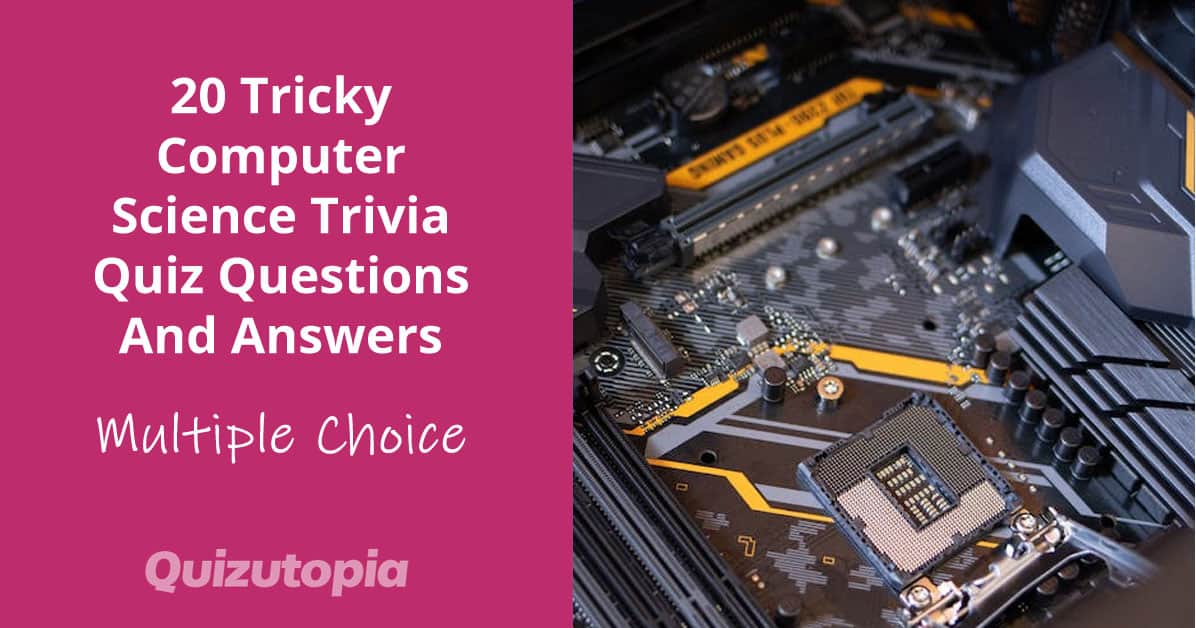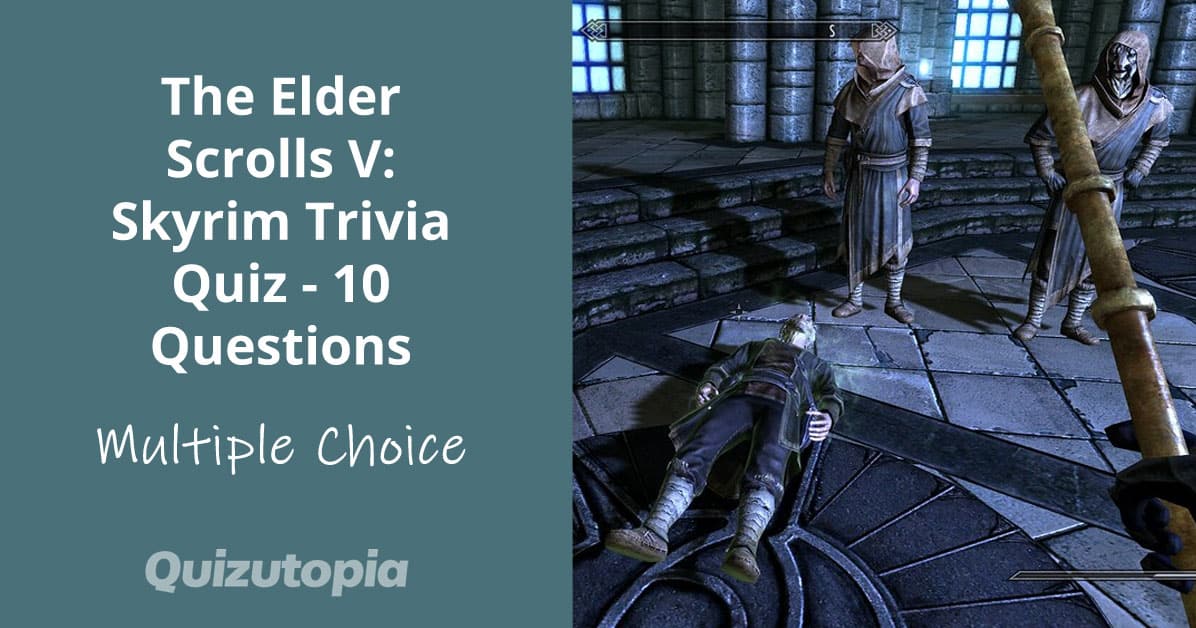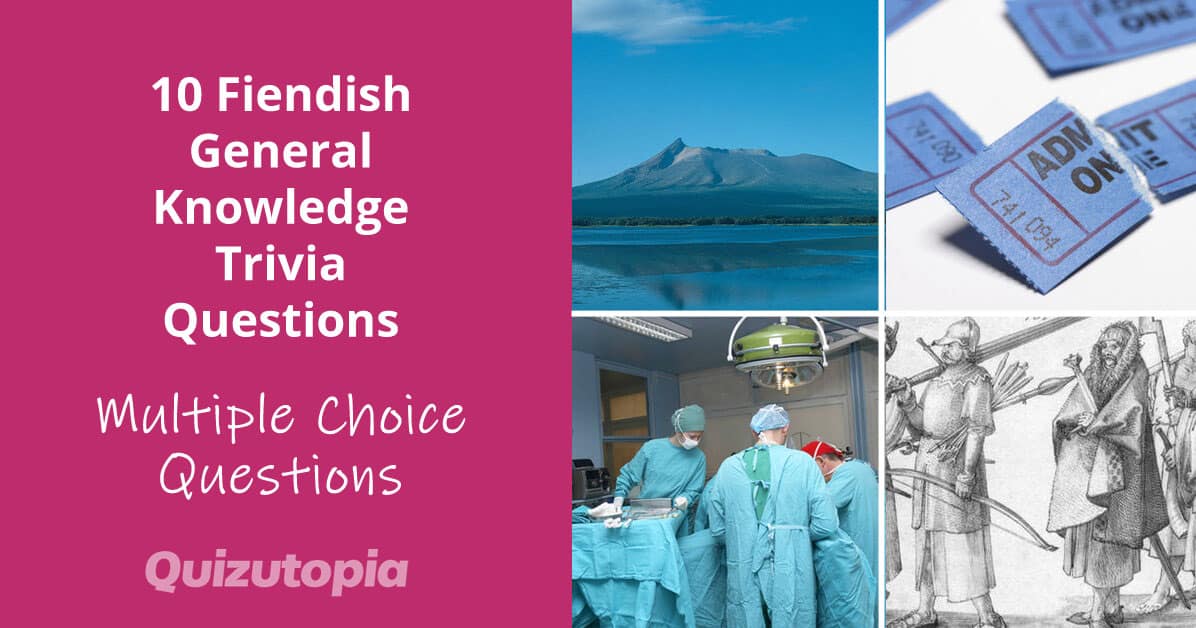Are you ready to test your knowledge of computer science? Do you think you have the skills to answer these tricky trivia questions? If so, you’ve come to the right place!
This quiz is designed to challenge even the most experienced computer science experts. It covers a range of topics from .Net Framework to Algorithms to Binary Search and more. You’ll need to have a good understanding of Coding, Computer Architecture, and Data Structures to answer all the questions correctly.
So if you think you’re up for the challenge, put your skills to the test and see how many of these tricky questions you can answer correctly. Good luck!

Subscribe to our mailing list to receive FREE exclusive quizzes and offers!
- What is the primary purpose of an operating system?
- Provide a user interface
- Execute applications
- Store data
- Manage computer resources
The correct answer is Manage computer resources.
An operating system is responsible for managing computer resources such as the CPU, memory, and storage devices, as well as providing a user interface and executing applications. - Which programming language is known for its use in web development and as a scripting language?
- C++
- Python
- JavaScript
- Java
The correct answer is JavaScript.
JavaScript is a popular programming language used in web development for creating interactive elements and automating tasks on web pages. - What is the process of converting source code into machine-readable code called?
- Compilation
- Interpretation
- Execution
- Translation
The correct answer is Compilation.
Compilation is the process of converting source code, written by a programmer, into machine-readable code that can be executed by a computer. - What is the primary purpose of a database management system (DBMS)?
- Analyze data
- Manage databases
- Create websites
- Store data
The correct answer is Manage databases.
A database management system (DBMS) is software that is used to manage databases, allowing users to store, retrieve, and manipulate data in an organized and efficient manner.
- Which of the following is a popular open-source relational database management system?
- IBM Db2
- Oracle Database
- MySQL
- Microsoft SQL Server
The correct answer is MySQL.
MySQL is a widely used open-source relational database management system that is often used in web applications. - What is the primary function of a computer’s central processing unit (CPU)?
- Store data
- Execute instructions
- Manage memory
- Control input/output devices
The correct answer is Execute instructions.
The central processing unit (CPU) is the main component of a computer that executes instructions and performs calculations. - Which of the following is NOT a type of computer storage device?
- Solid-state drive
- Monitor
- USB flash drive
- Hard disk drive
The correct answer is Monitor.
A monitor is a display device used to show the output of a computer, not a storage device. - What is the process of finding and fixing errors in a computer program called?
- Optimizing
- Interpreting
- Debugging
- Compiling
The correct answer is Debugging.
Debugging is the process of finding and fixing errors, or bugs, in a computer program to ensure that it functions correctly. - Which of the following is a key component of object-oriented programming?
- Loops
- Functions
- Variables
- Classes and objects
The correct answer is Classes and objects.
Object-oriented programming is based on the concept of classes and objects, which are used to represent real-world entities and their behavior. - What is the term for a set of rules that dictate how data is transmitted over a network?
- Topology
- Bandwidth
- Interface
- Protocol
The correct answer is Protocol.
A protocol is a set of rules that govern how data is transmitted over a network, ensuring that devices can communicate effectively.
- Which of the following is NOT a type of network topology?
- Tree
- Star
- Ring
- Triangle
The correct answer is Triangle.
Triangle is not a type of network topology. Common network topologies include star, ring, and tree. - What does the acronym “HTML” stand for?
- Hypertext Transfer Protocol
- Hypermedia Text Markup Language
- Hypertext Markup Language
- Hyperlink Text Markup Language
The correct answer is Hypertext Markup Language.
HTML, or Hypertext Markup Language, is a standard markup language used to create and format web pages. - What is the name of the algorithm used by Google’s search engine?
- Backrub
- WebCrawler
- SERP
- PageRank
The correct answer is PageRank.
PageRank is the algorithm used by Google’s search engine to rank web pages in search results based on their relevance and importance. - Which of the following is NOT a type of cybersecurity threat?
- Encryption
- Malware
- Denial of service
- Phishing
The correct answer is Encryption.
Encryption is a method of securing data, not a type of cybersecurity threat. Phishing, malware, and denial of service are all types of cybersecurity threats.
- What is the name of the protocol used to transfer files over the internet?
- Internet Protocol (IP)
- Hypertext Transfer Protocol (HTTP)
- Transmission Control Protocol (TCP)
- File Transfer Protocol (FTP)
The correct answer is File Transfer Protocol (FTP).
File Transfer Protocol (FTP) is a standard network protocol used to transfer files from one host to another over the internet. - What is the purpose of a computer’s random access memory (RAM)?
- Control input/output devices
- Store data permanently
- Store data temporarily for quick access
- Execute instructions
The correct answer is Store data temporarily for quick access.
Random access memory (RAM) is a type of computer memory that stores data temporarily for quick access, allowing the CPU to access and process data more efficiently. - Which of the following is NOT a characteristic of cloud computing?
- On-demand access to resources
- Centralized management
- Scalability
- Local data storage
The correct answer is Local data storage.
Cloud computing relies on remote data storage, not local data storage. On-demand access to resources, scalability, and centralized management are all characteristics of cloud computing. - What is the term for a self-contained unit of code that can be reused in multiple programs?
- Class
- Function
- Loop
- Variable
The correct answer is Function.
A function is a self-contained unit of code that can be reused in multiple programs, allowing for more efficient and modular programming. - Which of the following is a popular version control system used in software development?
- GIMP
- Git
- Gzip
- Grep
The correct answer is Git.
Git is a widely used version control system that helps software developers track changes to their code over time and collaborate with other developers.
- What does the acronym “URL” stand for?
- Uniform Resource Link
- Universal Resource Link
- Uniform Resource Locator
- Universal Resource Locator
The correct answer is Uniform Resource Locator.
URL, or Uniform Resource Locator, is a reference to a web resource that specifies its location on a computer network, typically used to access web pages on the internet.









